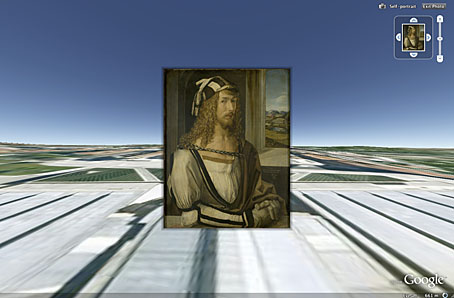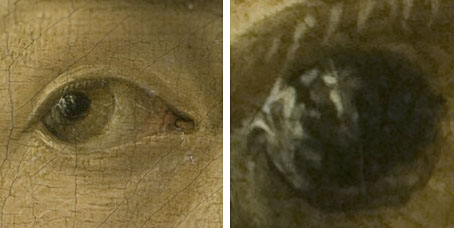Albrecht Dürer’s Triumphal Arch (1515), a wall-sized print produced by 192 separate print blocks. I had a good look at this the last time I was the British Museum. The Museum’s site has some sample details of the work but the size of them isn’t so good, unfortunately. This is one of those pictures you either have to see in situ or find a huge digital copy to scrutinise in order to fully appreciate its incredible detail.
The Triumphal Arch is one of the largest prints ever produced. It was commissioned by the Holy Roman Emperor Maximilian I (1459-1519). The programme was devised by the court historian and mathematician, Johann Stabius, who explains underneath that it was constructed after the model of ‘the ancient triumphal arches of the Roman Emperors’. (More.)
• The Triumphal Arch at The American Institute for Conservation | An overview of the prints and some good views of the full scale of the work.
• The Triumphal Arch at Backtoclassics.com | A large view and some details.
Elsewhere on { feuilleton }
• The etching and engraving archive



